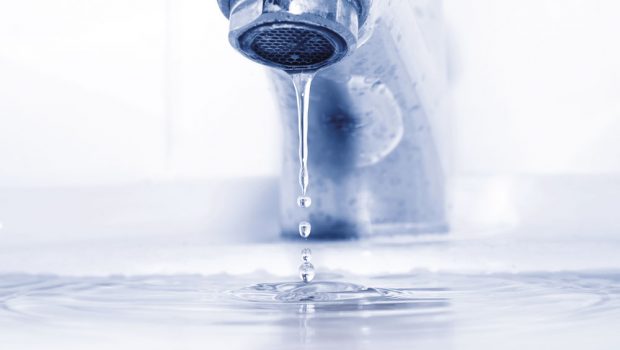Saving a Drop to Drink
By Jim Motavalli
Although climate change gets most of the attention, the international water crisis looms just as – large. The World Economic Forum has ranked water scarcity as the top long-term environmental risk globally for the next decade; the United Nations reports that 1.2 billion people—a fifth of the world’s burgeoning population—live in regions of water scarcity; and as many as 700 million around the globe are already suffering from water deprivation.
The U.S. is not in a water crisis—yet— but serious problems loom on the horizon in places like Southern California and the desert Southwest. Los Angeles and San Diego rely on mountain snow in the north to melt and replenish rivers and lakes. But record high temperatures and a shortfall of winter storms—problems aggravated by climate change—have greatly reduced available water supplies.
In the Southwest, Colorado River reservoirs were at record lows last summer. As the region continues to use more water than can be replaced by rain and snow, places like Phoenix may experience severe rationing, according to the Center for Biological Diversity. Arizona’s Lake Mead, which supplies water to 22 million people, could run dry by 2021, report researchers from the Scripps Institution of Oceanography of the University of California at San Diego.
Finding a Solution
“Fortunately, through conservation, more water-conscious consumption and smarter management of water, we can replenish and repair the water cycle. But we must make this a priority and pick up the pace,” says Sandra Postel, director of the Global Water Policy Project and author of Replenish: The Virtuous Cycle of Water and Prosperity.
Right now, we’re addressing a 21st century crisis with 20th-century tools. Leaky pipes, broken water mains and faulty meters are responsible for the loss of 2.1 trillion gallons of water annually in the U.S., according to the American Water Works Association. And our lifestyles are extremely water-intensive. For instance, it takes 3,120 gallons of water to produce one smartphone; watering a 1,000-square-foot lawn even once uses 620 gallons of water.
Here are some simple steps everyone can take. Doing them won’t crimp our lifestyles, but it will help us hold on to our finite and threatened fresh water supply:
- Eat less meat. The water required to produce one quarter-pound hamburger is equivalent to 30 showers, according to com. One serving of poultry uses 90 gallons.
- Track down water leaks, which typically waste 10 gallons daily. Common leak sites are faucets, shower heads, swimming pools, garden hoses and pipe joints.
- Replace old, leaky toilets with efficient models bearing the WaterSense label, or simply put a brick in the toilet tank to reduce consumption with each flush. To check a toilet for leaks, put a few drops of
food coloring in the tank and see if any of it transfers to the bowl without flushing. - Wash only full loads of laundry and use right-size load settings. Typically, the washing machine accounts for 15 to 40 percent of a household’s indoor water use. Consider a more water-efficient, front-loading washer.
- Take shorter, five-minute showers with a low-flow shower head (saving more than 10 gallons compared to the 10-minute version), turn off the water while brushing teeth and shave with a full basin rather than open taps.
- Wash the car less often: The process uses as much as 150 gallons of water. Driving may not seem to have much to do with water use, but the Water Footprint Calculator (org) reports, “Water is used in great quantities during fuel extraction, refining and production.” So taking public transportation, combining errands or joining a car pool will reduce our water footprint.
- Reduce lawn watering to a one-hour soaking once a week, rather than daily. Water in the morning—before 10 a.m.—when it’s cooler, so grass roots can absorb moisture before it evaporates. If watering must be done in the evening, try between 4 and 6 p.m., which gives the grass blades time to dry before nightfall.
Jim Motavalli is the author of eight books, and contributes to The New York Times and Barron’s.
<












